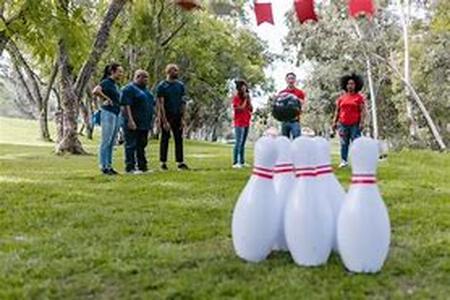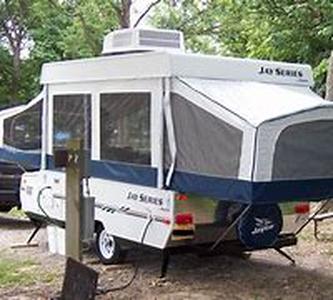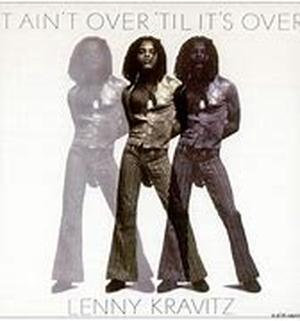
As A Karate Instructor, You No Doubt Understand The Importance Of Lesson Planning. Developing An Effective Lesson Plan Is Of Vital Importance, Especially For New Instructors. However, Even For A Highly Experienced Instructor It Does Not Hurt To Revisit Some Basic Lesson Planning Principles. There Are Several Main Components That Are Critical To The Overall Lesson Content Of Karate At All Levels. These Components Are: Element, Which Includes Basic Training, Forms, And Partner Work; Type, Which Includes Quality, Quantity, Fun, And Serious; Level, Which Is Beginner, Intermediate, And Advanced; Focus, Which Includes Grading Syllabus, Analysis And Application Of Forms, Self-defense, Target Training, And General Drills.Generally, Every Lesson Will Include All Four Of These Components. The Parts Of Each Component Relate To The Actual Lesson Content. By Combining These Components And Making Slight Changes, Each Lesson Will Be Interesting Yet Different While Still Sticking With The Necessary Content Required At Each Rank Level.Lets Define Each Component And Its Parts.ElementThe Element Component Refers To What Kind Of Content The Lesson Includes. Generally, Each Lesson Will Use One Or More Of The Three Ks Kihon (basics), Kata (forms), And Kumite (partner Work Or Sparring.)TypeThe Type Component Deals With How The Lesson Is Delivered. Does The Lesson Focus On Quality (detailed Explanations Of Basic Techniques, Forms, Or Partner Work), Quantity (a Hard Workout Using Repetition Of Technique As The Main Teaching Tool), Or Fun (a More Relaxed Atmosphere Than Normal, With Activities Such As Target Training, Games For The Kids, Light Sparring, Or Something Completely Different Such As Kata From Another Style)?Alternatively, Is It A Serious Lessonworking On Etiquette, Posture, Correct Behavior And Habits, Traditional Philosophy, And History Of Karate? Each Lesson Can Incorporate More Than One Of The Four Methods Of Delivery.LevelThis Component Refers To The Three Main Levels Of Students In Class Or To The Level Of Content Delivered In Each Class - Beginners, Intermediate Students, And Advanced Students. However, Lessons, At Times, Could Still Include Beginner Content For Advanced Students, To Remind Them About The Things They Should Already Know. Likewise, Advanced Content Can Be Given To Beginner Students.This Gives Them A Chance To See What They Have To Look Forward To If They Stick With Their Training. In A Club With A Large Membership, There May Be Enough Black Belts To Warrant A Black Belt-only Class. If So, There Could Be A Distinction Between Brown And Black Belts As To Their Level Of Class. This Is For The Instructor To Decide, Depending On The Membership And Resources Of His Or Her Club.FocusThis Component Guides The Reason Behind The Content. When A Grading Is Coming Up In The Next Couple Of Weeks, A Lesson On The Techniques That Will Be Tested In The Grading Is A Good Idea. When Students Have Learned And Memorized The Moves To The Kata They Are Studying, It Is Time To Focus On The Application Of The Kata.Perhaps One Of Your Students Is Being Bullied At School, And You Feel It Is Time To Revisit Some Self-defense Techniques. Maybe You Just Want To Have A General Lesson That Has A Bit Of Something For Everyone.With These Four Essential Components, Multiple Effective Lesson Plans Can Be Created. If You Would Like To See Some Additional Teaching Tips And Strategies, Read My FREE Report, Instructor Mastery: How To Become A Great Instructor Right From The Very First Lesson. You Can Download It At Http:www.freekarateinformation.com.If You Have Any Suggestions Or Additional Tips On Effective Lesson Planning Then Please Contact Me At Paulfreekarateinformation.com.





